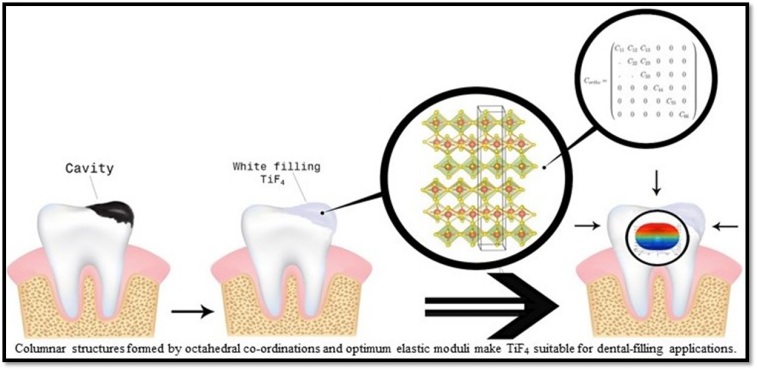"Thermodynamic and Mechanical Stability of Ti-based Materials"
Titanium as a base material contracts numerous applications because of its properties favorable
for product prerequisites.
The lightweight of Ti combined with mechanical strength makes it inevitable in aerospace,
medical implants, clinical
gadgets and military armor applications. In view of the escalating energy crisis, materials for
renewable energy production
and utilization are widely searched. Titanium-based materials have high importance pertinent to
renewable energy sources, viz.
(i) as a potential catalyst for hydrogen fuels, (ii) active material in photo-electrochemical
devices, (iii) electrode materials
in rechargeble batteries etc.
We have utilized DFT-based computations and newly developed methodologies for exploring the
functional properties of Ti based materials.
For instance, we have shown that TiF4 additive has superior catalytic activity on the
decomposition of solid-state hydrogen-storage
materials such as MgH2, Mg(BH4)2 and Mg(AlH4)2. TiF4 because of its unique crystalline structure
and ionic bonding, enables reduction
of desorption energy of metal hydrides by decreasing the metal-hydrogen bond energy.
In order to throw specific spotlight on the reaction pathways of H2 production, for the first
time, we have calculated the energetics
of interim products obtained during the H2 dissociation from the magnesium hydrides when added
with TiFx (x = 4, 3, and 2). From this
novel procedure we are able to bring unique insights on the reaction pathways of H2 production
in MgH2. This enables to optimize the
molar concentration of the catalysts and elucidates its effect on the H2 release.
We have extracted the single-crystal elastic constants of titanium fluorides (TiFx; x=4,3, and
2) by applying the deformation force.
We have exclusively focused on the structural stability pertinent to mechanical properties. The
mechanical behavior of the materials
has been derived from the elastic constants. Surprisingly, we found that the resultant elastic
modulus is close to that of bone and
higher than the current dental-filling material, making them suitable for bio-implant
applications.


Quick Links
Get In Touch
Sir CV Raman Block , Anna University.
C-mAIn@annauniv.edu
044-22359938
© C-mAIn. All Rights Reserved. Designed by HTML Codex. Maintained by Scholars of C-mAIn.